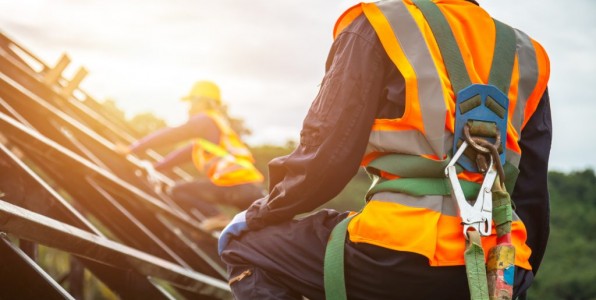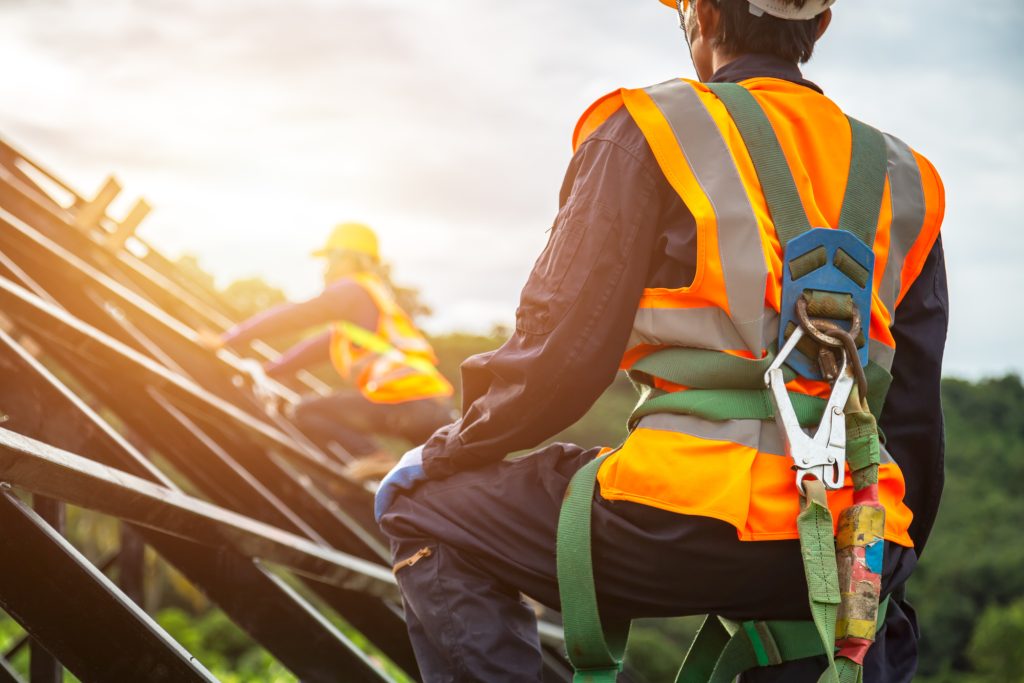Construction Industry PPE: Your Ultimate Guide To Staying Safe On The Job

Construction Industry PPE: Your Ultimate Guide To Staying Safe On The Job
Working as a contractor in the construction industry is no joke. Aside from the harsh working conditions everyone’s subjected to, the entire site is almost like a minefield with how many dangers are found in every corner.
But since it’s part of the job, the only thing professionals can do is keep themselves safe.
Promoting safety in an extreme environment such as a construction site is a no-brainer. However, with so many safety hazards, it’s easy to lose track of them. Fortunately, the proper use and distribution of personal protective equipment (PPE) should help you and your crew to avoid most of them, reducing the risk of accidents and delays.
With PPE as the main tool for security and protection, here are some ways to help construction crews stay safe on the job.

1. Secure Appropriate Gear
As mentioned, equipping the workforce with proper construction industry PPE and safety equipment is crucial. These are designed with wearable yet durable materials that can withstand harsh conditions and blunt force.
Depending on the kind of project you’re handling, you must invest in different kinds of PPE, namely ones for protecting the head, limbs, face, ears, eyes, and respiratory tract.
Remember to keep the equipment you choose scaled to the type of worksite. This way, every member of the crew can maximize functionality while performing their tasks. They will also avoid getting hindered by equipment they don’t need.
2. Create An Emergency Plan
Panic is a natural reaction to any emergency. After all, no one hopes to experience an accident, especially on a construction site.
Despite this, fear and panic are common hindrances to mitigating emergencies and keeping everyone safe. Instead of acting quickly and efficiently, these emotions can keep contractors from having an immediate, effective plan of action to keep losses to life, limb, and property at a minimum.
Before handling a construction project, make sure you iron out an emergency plan with all the supervisors. Discuss and identify possible dangers that might crop up at the site, whether those be equipment malfunctions or intrusions. Doing these should help you form plans to prevent serious damage to the crew, the project, and your bottom line.
Outline and disseminate general safety reminders before tackling the necessary precautions for specific scenarios. The latter should cover proper equipment handling, worksite routines, and of course, construction industry PPE. Make all of this information accessible to everyone.
3. Train Employees
Given how risky it is to be on a construction site, work safety authorities, like the Occupational Safety and Health Administration (OSHA), have established a list of metrics for employee training programs.
They should teach people on the site how to spot potential safety hazards in the first place. After that, they should outline the proper courses of action for preventing them and addressing them when they get worse.
4. Practice Caution
Even if all workers are equipped with the appropriate construction industry PPE, they shouldn’t get complacent. After all, personal protective equipment (PPE) provides no more than an initial line of defense. If people remain careless, they still put themselves, others, and the project in danger.
Remind workers to always be aware of their surroundings. Given how busy construction sites are, everyone handles different tasks that often narrowly intersect. So, make sure there are clear instructions and designations for where things go and where tasks must be done.
Steer clear whenever massive pieces of machinery are working. Stay on the lookout for anything inconvenient littered across the site, whether they’re uneven surfaces or debris. Also, encourage workers to clean as they go.
5. Schedule Regular Inspection
Since working at the construction site is demanding, even the equipment is put through the wringer with everyone else. Regardless of how long you have them on your worksite, always have them inspected and maintained by professionals. The project crew should also do its part in performing maintenance to extend their lifespan and prevent breakdowns.
6. Maintain Constant Communication
Getting any work done without paying attention to one another at the site is a recipe for disaster. Considering how busy everyone is, ensure everyone has a ‘voice’ from start to finish. That way, everyone will be aware of each other’s presence, progress, and status. After all, handling heavy equipment and moving around stacks of building materials limits visibility.
Stay Safe On The Job
Danger and construction work often go hand-in-hand. After all, handling towering equipment and completing back-breaking tasks is never easy. But with the right construction industry PPE and the proper measures in place, firms can keep losses to a minimum and complete projects without a fuss.
Comments are closed